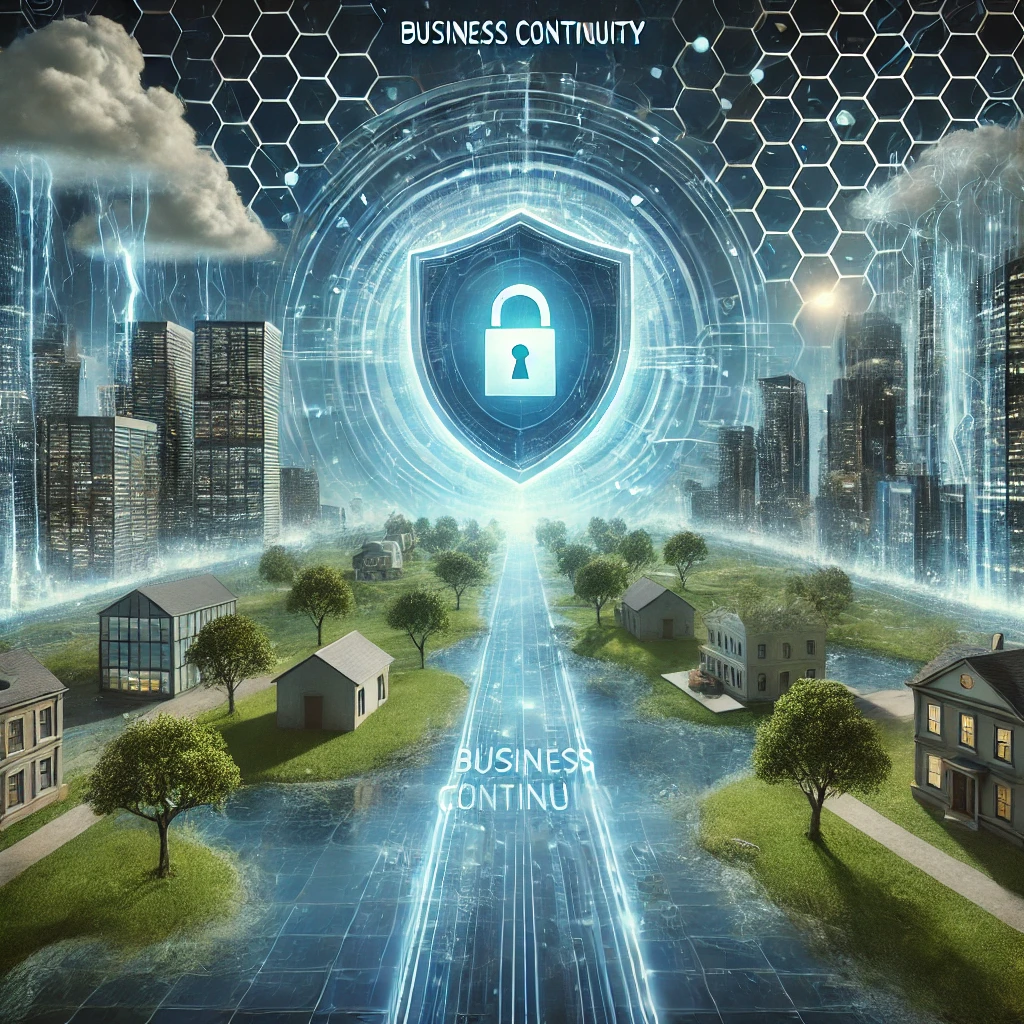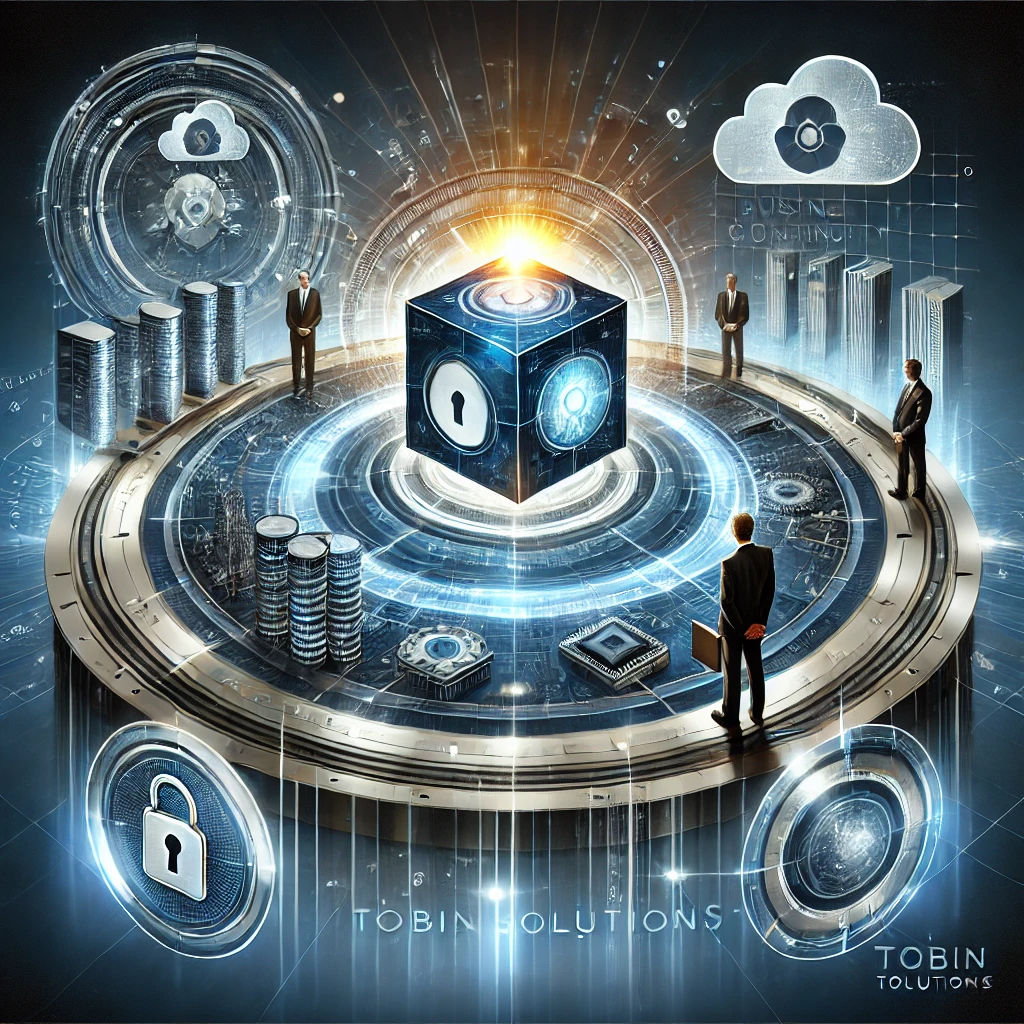
Your Guide to Business Continuity: Keeping Your Business Strong Through Anything
Running a business means navigating a landscape filled with potential threats. From natural disasters like floods and severe storms to cyberattacks and power outages, disruptions can strike at any time. These interruptions don’t just affect day-to-day operations, they can lead to financial losses, data breaches, and even damage your company’s reputation.
This is where a well-structured Business Continuity Plan (BCP) becomes invaluable. A BCP is a proactive business continuity strategy that ensures your organization can maintain mission-critical operations, protect essential data, and recover quickly after an unexpected disruption.
What is Business Continuity?
business continuity is about preparing for, responding to, and recovering from events that threaten your businesses ability to operate. It’s not just about reacting, it’s about planning ahead to minimize downtime and keep customers, employees, and stakeholders confident in your resilience.
Key Components of a Strong Business Continuity Plan
Creating an effective BCP involves several critical steps, each designed to safeguard your business operations in the event of a disaster.
1. Risk Assessment
Identifying potential threats is the first step in mitigating risk. Whether it’s a natural disaster, cyberattack, supply chain failure, or power outage, knowing your businesses vulnerabilities allows for preparedness.
2. Business Impact Analysis (BIA)
A business impact analysis (BIA) evaluates the consequences of a business disruption. It helps determine which business processes are essential and what would happen if they were interrupted.
3. Recovery Strategies
Developing disaster recovery plans means setting clear goals for restoring business functions. This includes establishing recovery time objectives (RTOs)—the maximum acceptable downtime—and recovery point objectives (RPOs)—the amount of data loss that can be tolerated.
4. Plan Development
A strong BCP includes documented emergency management procedures, communication strategies, and a structured response framework. Ensuring that key personnel understand their roles is crucial for smooth crisis response.
5. Testing and Continuous Improvement
A business continuity plan is only effective if it works in practice. Regular testing, risk assessment updates, and scenario-based exercises help refine the strategy, ensuring readiness when disaster strikes.
Why Milwaukee Businesses Need a Business Continuity Plan
For businesses in Milwaukee, Wisconsin, business continuity planning is not optional—it’s essential. The region’s vulnerability to severe weather events, combined with increasing cyber threats and supply chain challenges, makes preparation a necessity. Without a structured plan, businesses risk prolonged downtime, lost revenue, and compliance failures related to regulatory requirements.

Tobin Solutions: Your Partner in Business Continuity
At Tobin Solutions, we specialize in helping businesses in Milwaukee and beyond develop comprehensive business continuity strategies. Our expertise ensures that your organization is prepared for any challenge, with solutions that include:
- Customized Business Continuity Plans: Tailored to address your industry-specific risks and operational needs.
- Data Centers & Disaster Recovery: Secure data backup and fast recovery solutions to minimize disruptions.
- Crisis Management Support: Guidance on handling emergencies, ensuring clear communication and decision-making.
- Plan Testing & Updates: Regular BCP evaluations to ensure continued effectiveness and compliance.
Conclusion
A business continuity plan is more than just a document—it’s your safeguard against the unexpected. With Tobin Solutions as your trusted partner, your business will be prepared to handle disruptions efficiently and emerge stronger. Don’t wait for disaster to strike—take action now.
Contact us today at info@tobinsolutions.com or call 414-443-9999 to discuss how we can help your business stay resilient.